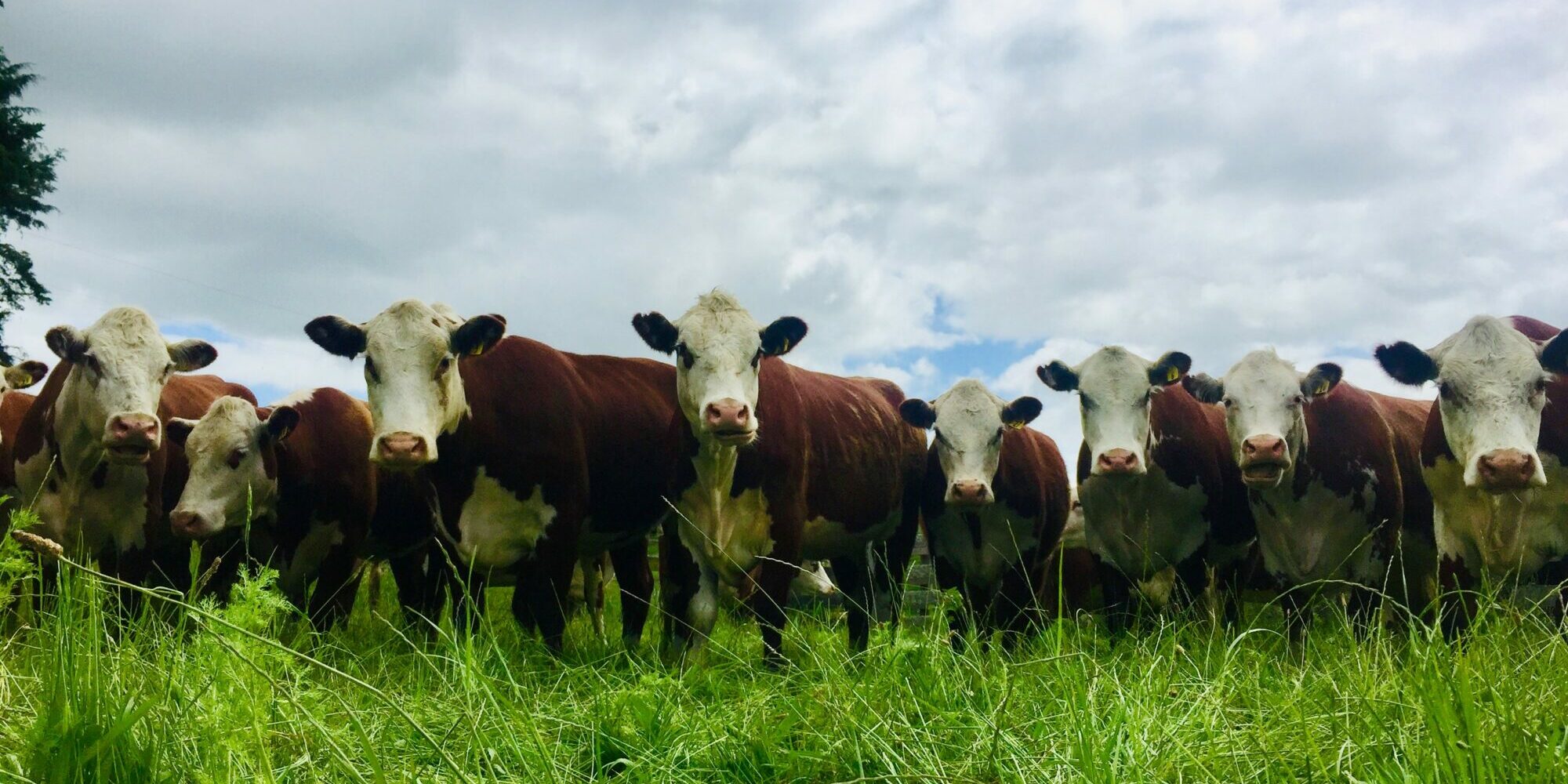Drench Resistance is the number one animal health issue facing farmers and their vets in the sheep & beef industry.
We are very concerned – here’s why
• We have no new tools in the box to tackle this issue. No new knowledge, no new drench families, and we have to work with what we currently have.
• Only 15% of our clients actually have up to date knowledge of what their drench status is, yet half of the FECRTs we do have significant drench resistance results
• You won’t see it coming until the shit hits the fan (or hand piece in this case).
Drench resistance is the silent, slow onset profit killer. It starts out costing you 5grams/day (which you can’t see) and builds up over time. We see farmers become aware they may have a problem during a wet summer/autumn when the worm population on farm is more active and cycling quicker and farmers start knocking on our door with high FECs and poor doing stock.
Economics
Lost growth of 5grams/day over 2000 lambs for 90 days at $3.50/KgLW = $3,150 (cost of your family summer holiday).
When it gets into the 25grams per day territory the cost = $15,750 (cost to feed 2 teenagers each year!)
Sheep
We want to ideally use undrenched lambs so identify 75 medium
healthy lambs with a tag prior to the mob receiving a drench
(15 animals per drench).
Cattle
We use 100-150 kg animals (usually brought in calves).
It’s often not realistic to use undrenched animals so aim for the above weight bracket. We need 15 animals per drench tested.
They can often be wormy enough 6-7 weeks after an oral drench to do the test.
When managing parasite populations we have lots of factors to consider, stocking rate, season, stock ratio, farm policies, price of drench, stock prices.
There is lots to consider and it isn’t easy (even for us)….
You can farm successfully with drench resistance if we know what we are dealing with and develop a specific parasite management plan.
Please book in for a FECRT by contacting a member of the Production Animal Vet Team or contacting .






